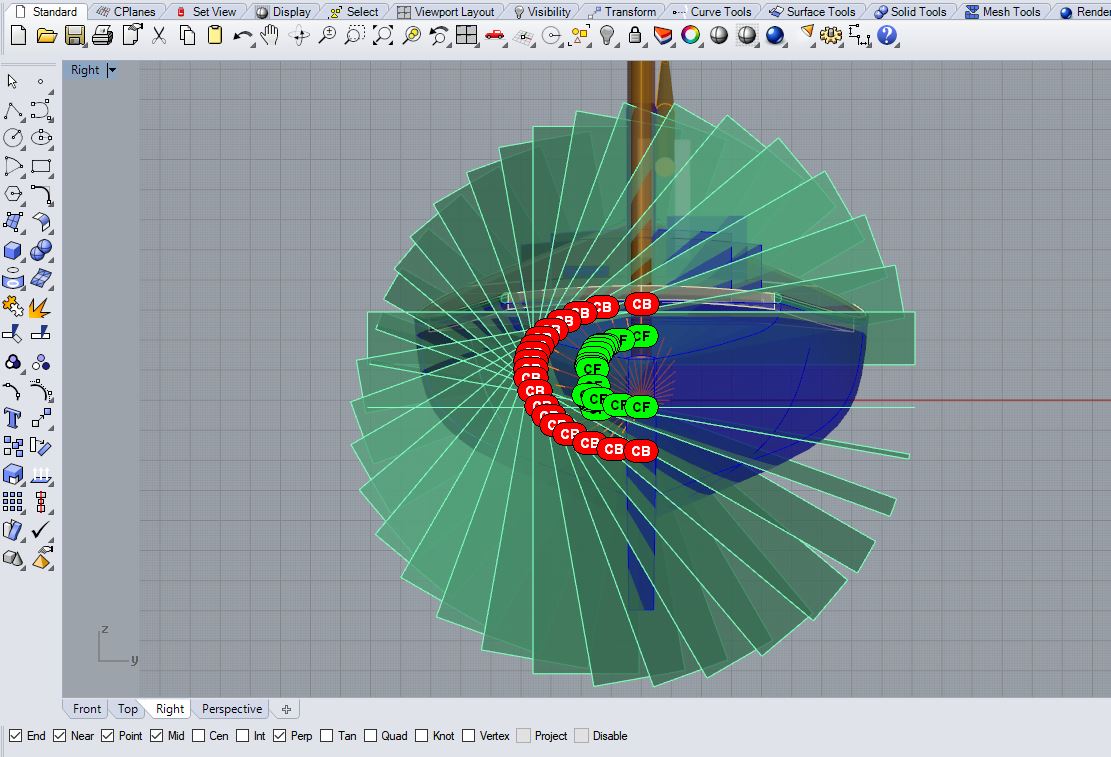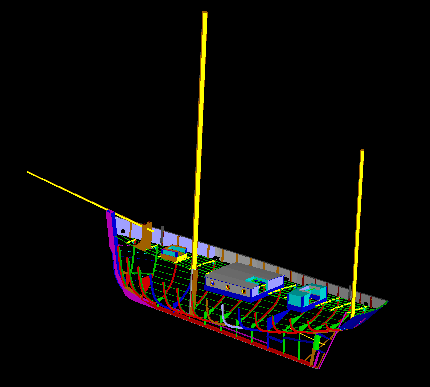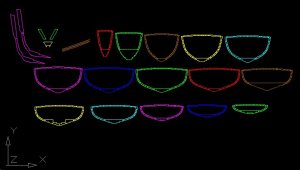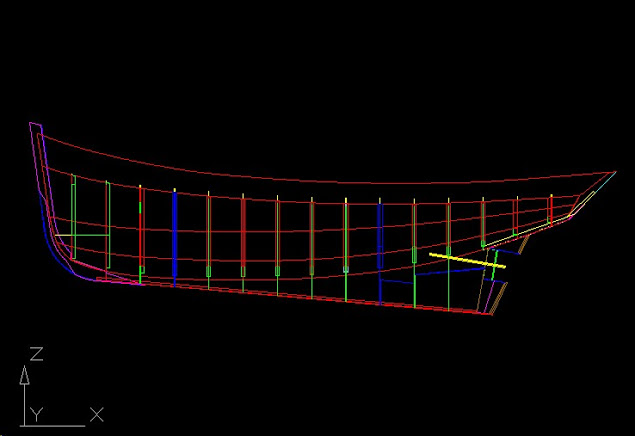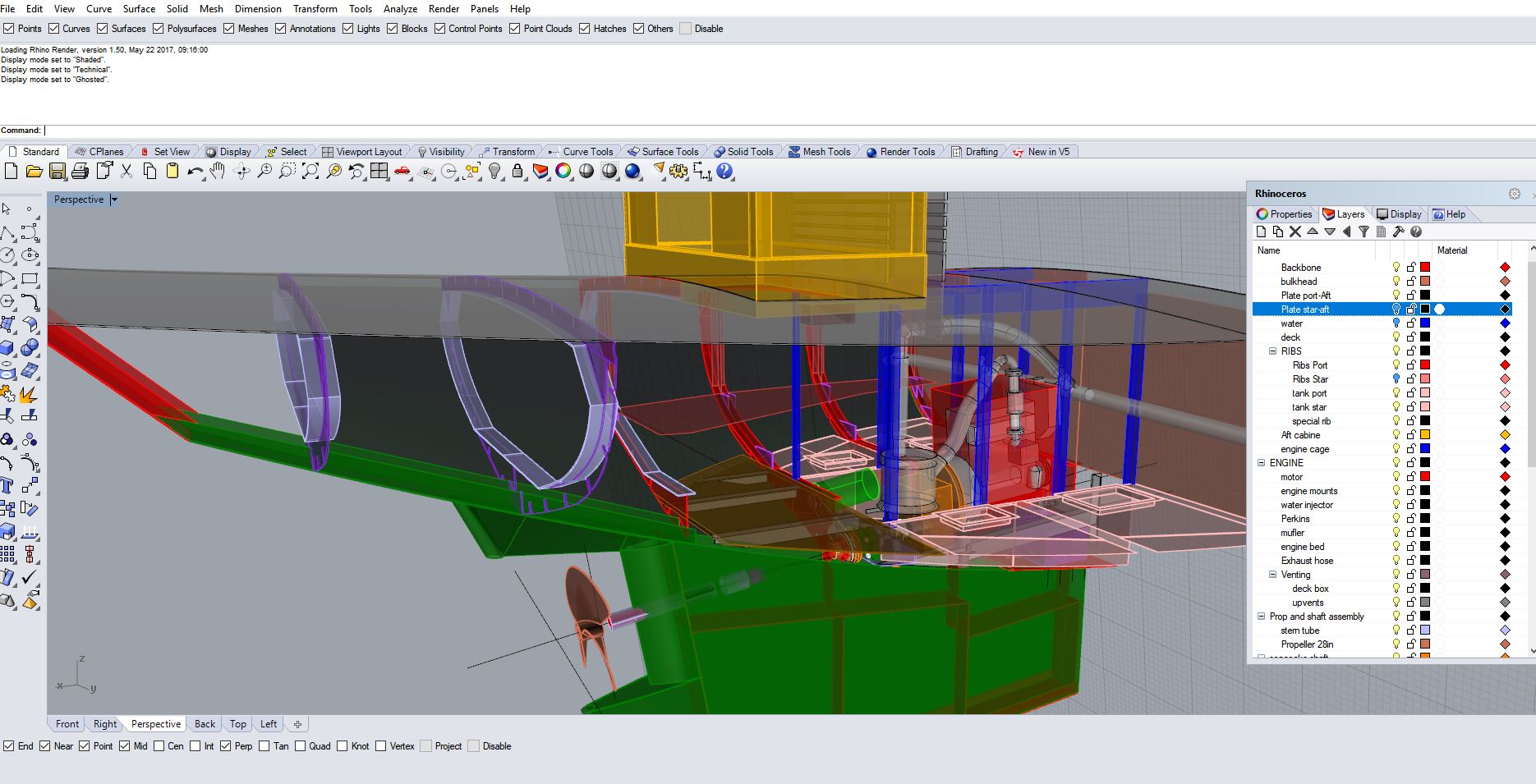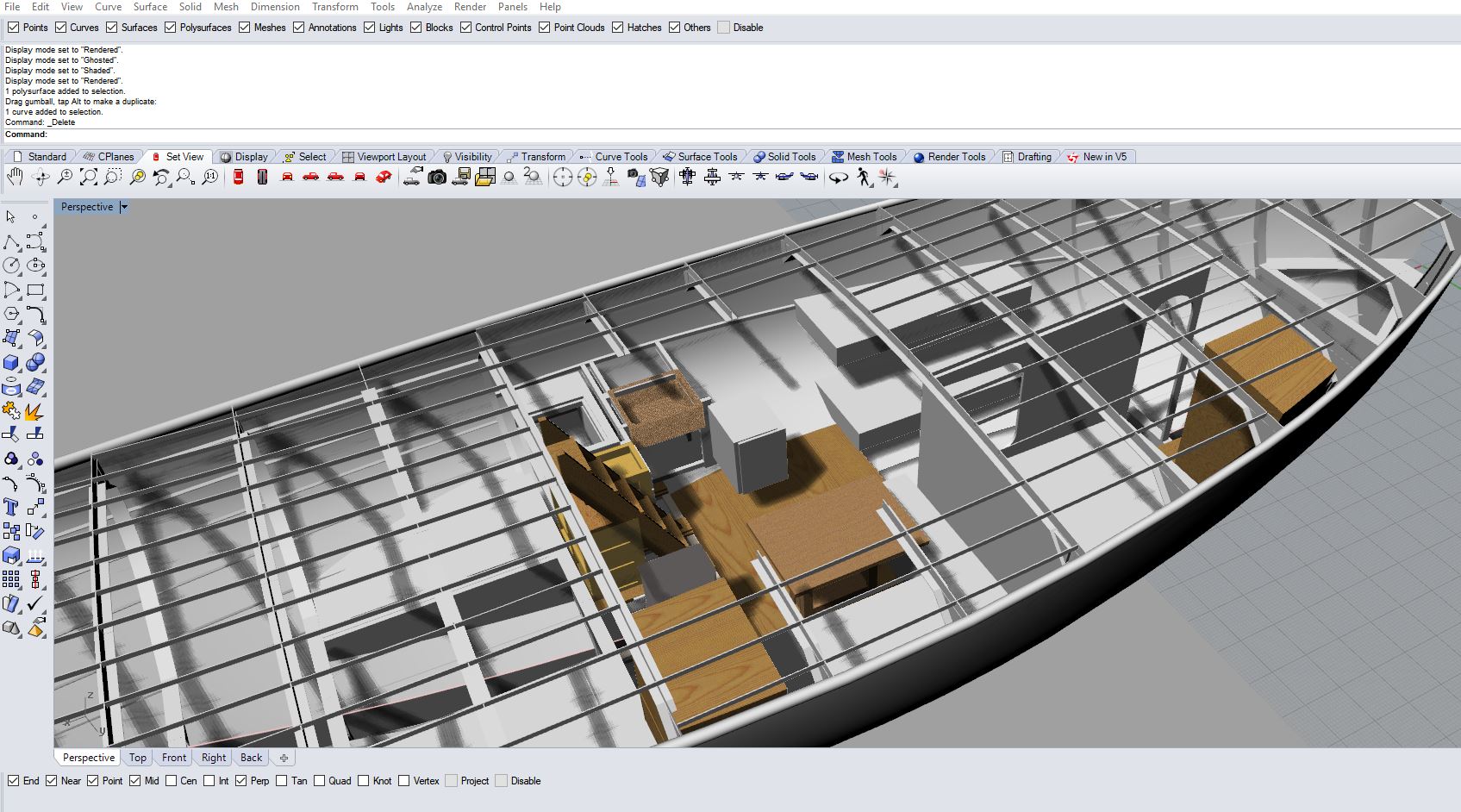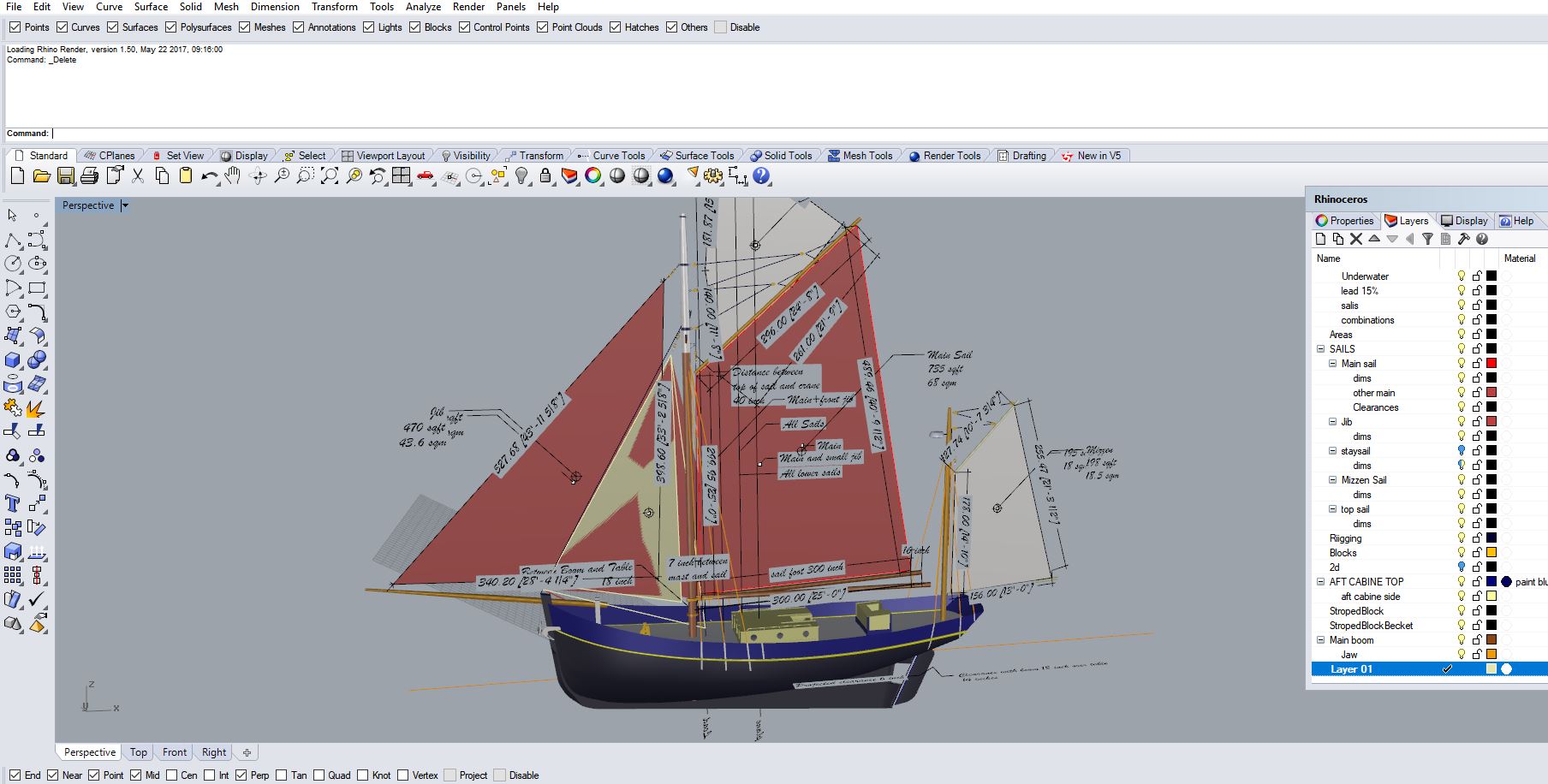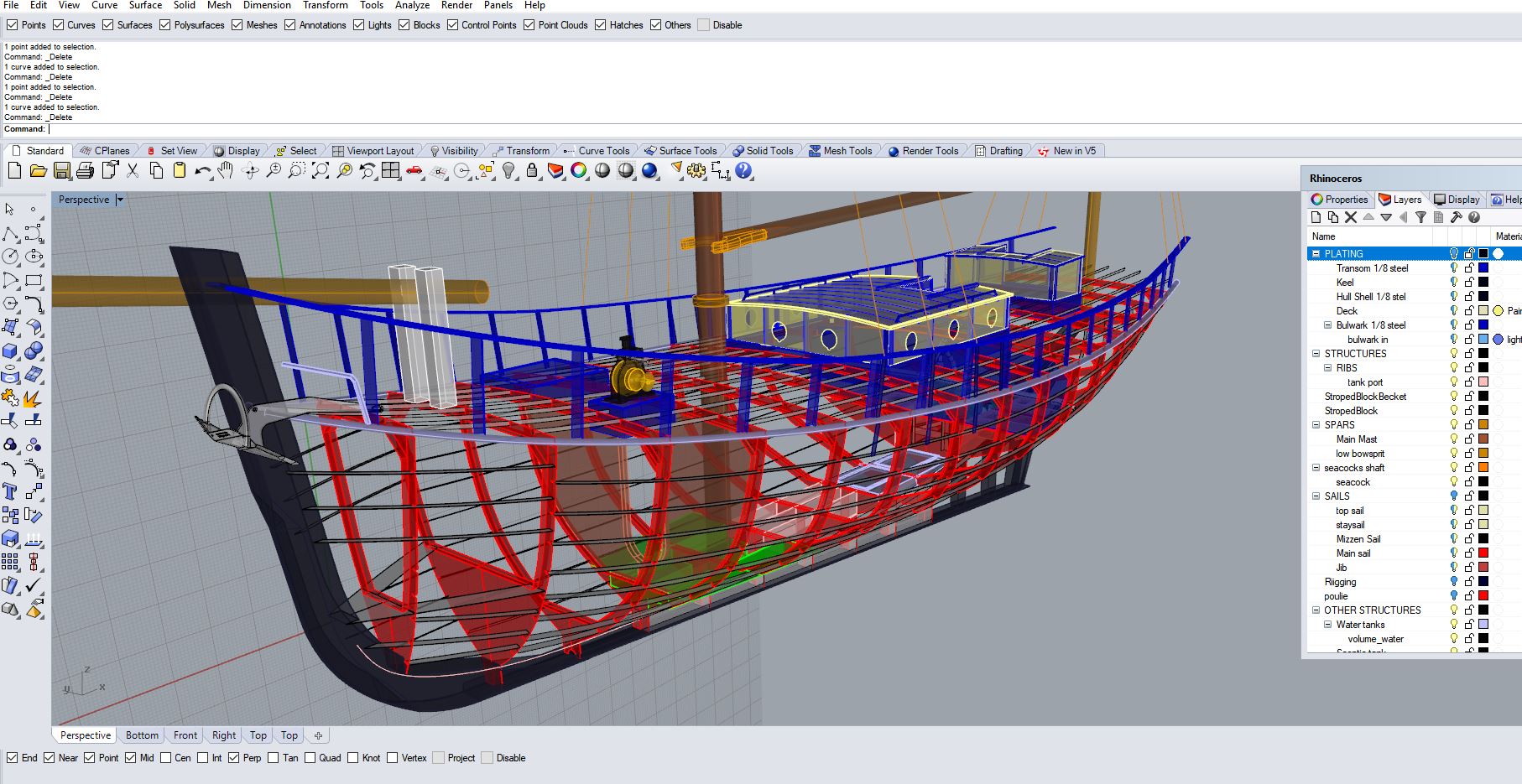The Dream
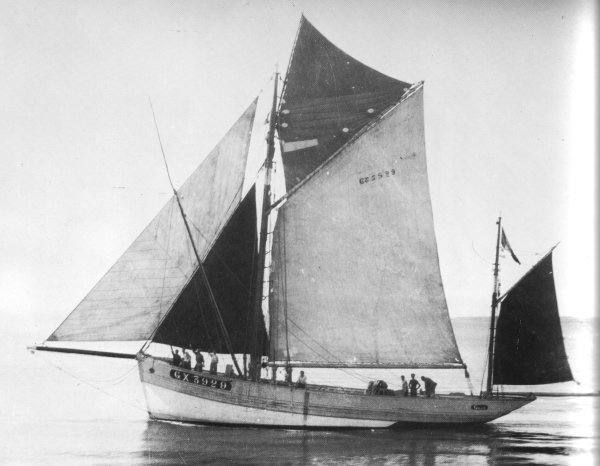
This project is born from our romantic passion for classic boats (and a lot of naive ambition). The boat is inspired by Brittany’s traditional sailing work boats, more precisely the tuna fishing dundees from Concarneau.
It is to be built of steel but have the charm and details of a traditionally built wood boat.
Why Steel?
The short answer is that we are most comfortable working with steel, the Mimi Jane is not our first steel boat project.
Building out of steel over wood is not a choice of the heart but one of the reason. Availability and affordability of quality wood for a project like ours would have added a much greater challenge. Building a good wooden boat requires a huge selection of lumber allowing to choose the right piece, with the right dimensions, the right grain for each part. For this, one either needs access to a wood lot or a lumber yard amortized with multiple projects….or to live in a location where quality wood is readily available and cheap.
Steel is a uniform material readily available and of prime quality in Canada. We started the project with confidence in our metal work (welding) skills and already a fair knowledge of the construction methods of a steel hull. While it doesn’t naturally have the charm of wood, steel has many physical qualities making it a smart boat building material.
Design Process
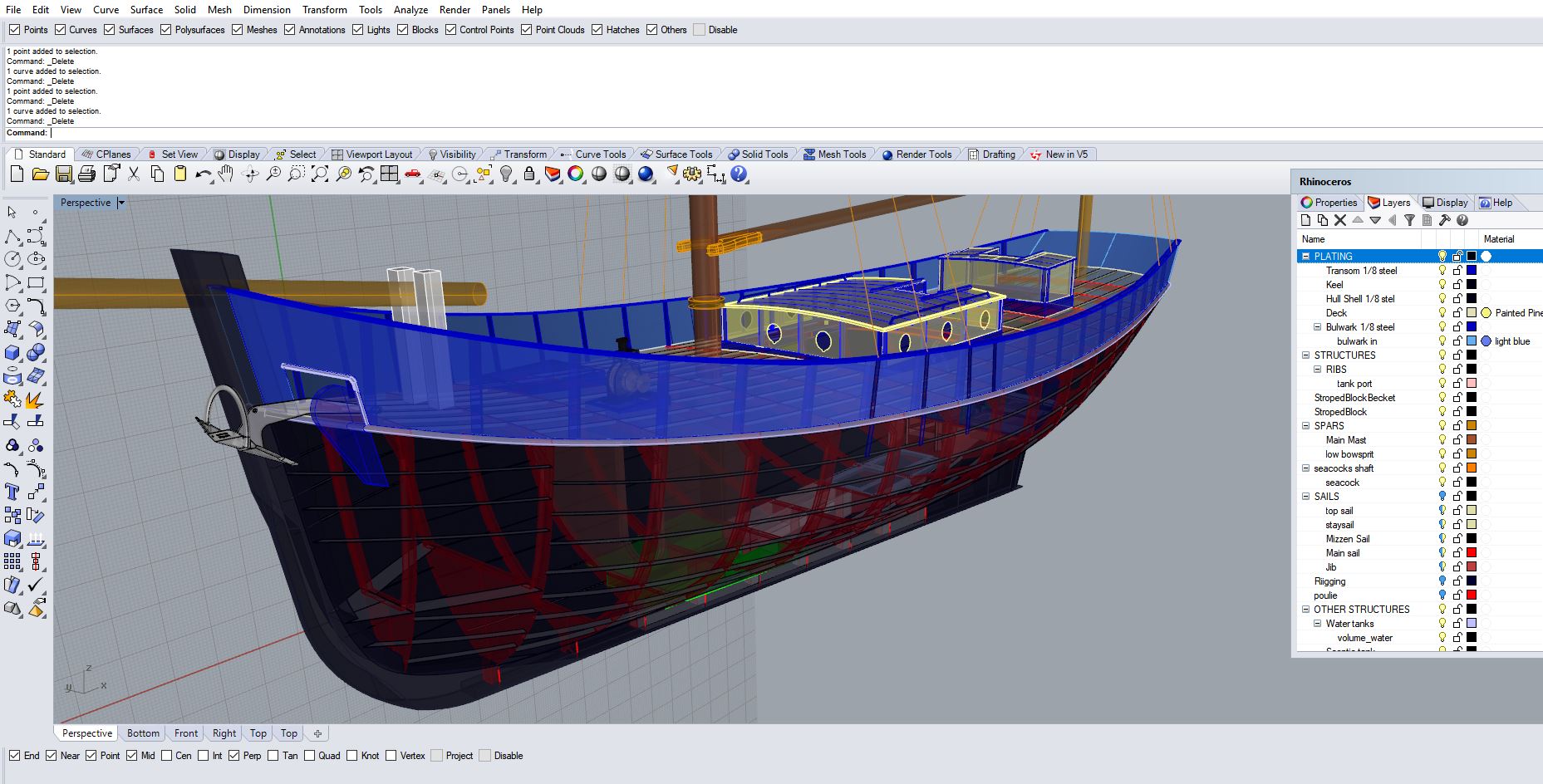
Art or science? Boat design is both. A mix of intuitive and calculated choices always within standards (ABYC, Loyds).
We started from our common knowledge, desires and mostly our aptitude to learn. We researched everything from industry standards to skills. Books, web, regulations, pictures, museums, trips, people….we don’t discriminate any source of information.
The objective has the looks of the past but we would be fools not to use the tools and technology today has to offer.
Computer Assisted Design
Drawing it once is building it once. The construction grunt work is not all fun, having detailed plans drawn in the comfort of the office minimizes the time spent sweating and swearing.
Over the years I have used multiple CAD software, designing and adding to an accurate solid model of the boat we are building.
Basic Lines
It started by a lines and surface model to determine the basic shapes and main hydrostatic specifications of the vessel we were to build. The basic lines were drawn with the marine design software PROSURF using NURB surfaces. The hull modeling software is used to generate a hull surface of the desired shape, to fair it, provide lines, basic hydrostatics, curvature information and 2d expansion of the 3d surface.
Characteristics that lead our choices for the hull shape:
- Aesthetics – A traditional looking hull, inspired by Brittany working sailboats
- Stability – We want a safe ocean going sailboat
- Ease of building – We need to keep in mind that we are building this boat and take in consideration our material of choice: steel
The Hull Model and NC cutting
Once we agreed on lines, the basic shapes were exported to a Solid Modeling CAD software.
The original solid modeling was done using CADKEY which was the cad package I used in school. I have since moved Rhino, a Nurbs modeling software well adapted for boat design.
The first computer model was only of the steel structures. The ribs and several other frame structures were numerically controlled cut (NC cut) from the drawings on a large plasma cutting table at Brannon Steel in Brampton, delivering a real lie three dimensional boat puzzle.
The Full Assembly Model
A boat is more then just a hull, it’s an assembly of a multitude of different elements. Everything is designed in CAD and integrated to the the main assembly model. While this may seem like a huge amount of time in design work it also represents a lot of saved time in the shop, and a great economy of trial and error with not much left to guess work.
…. the wicked cool three dimensional drawings are a fun bonus
Stability
If I had a dollar for every time I’m asked if I’m sure she will float…. Yes she will float, so tells me Archimedes. I can also tell you that she will float upright.
Off course designing a boat is not only about pretty shapes and a cozy layout. Weights and balances are an on going consideration.
The Mimi Jane is based on traditional heavy displacement lines and by no means pushing any limits. This does not mean we could neglect the stability aspect of the design but we are not reinventing the wheel.
Again, I greatly benefited from the use of computer assisted design software. Every volume, mass, position are a few clics away to feed weights and balances spreadsheets. Hours and hours of fun…
Even more fun was the one month free trial of Orca3d, a marine architecture plugin for Rhino. I took full advantage of this offer to compile intact hydrostatic and stability data.
